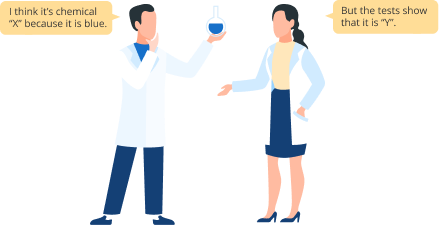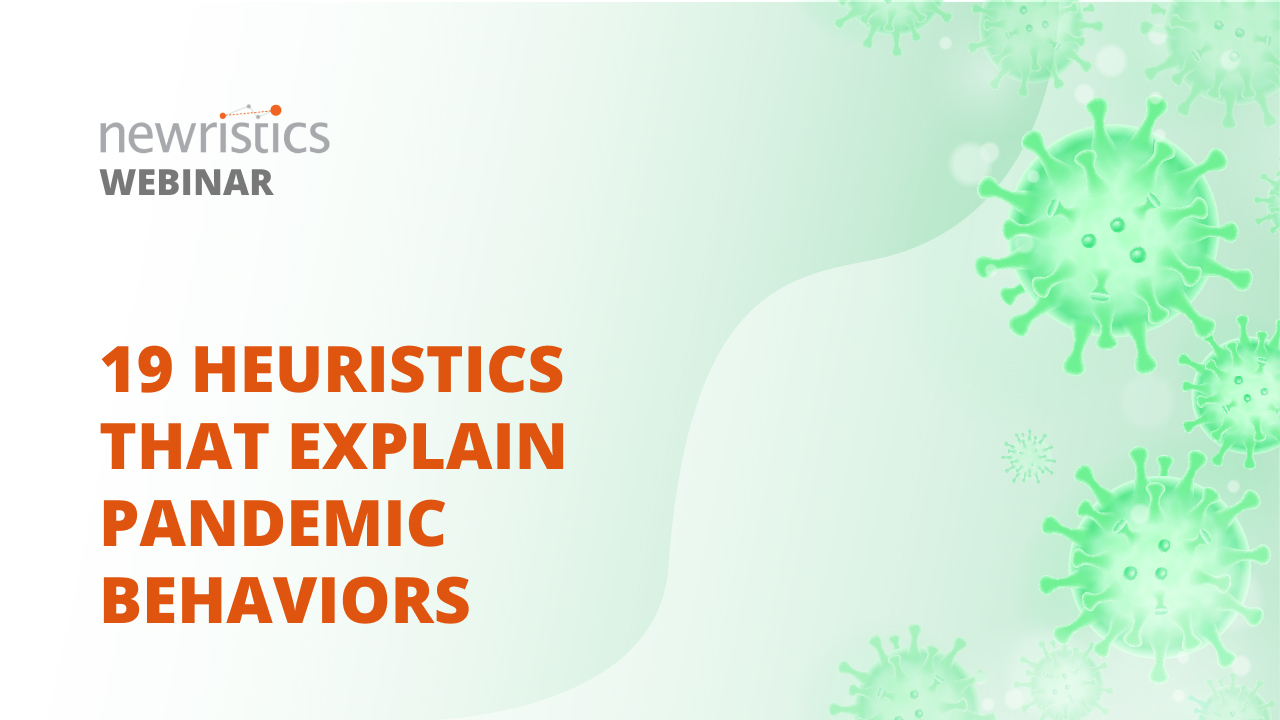If something big happens, something just as big must’ve caused it - that’s what our intuition says. Humans tend to believe that major events result from major causes even though that’s rarely the case. In retrospect, that may make sense. But in fleeting moments, it’s hard to imagine catastrophic consequences from small insignificant causes.
This ‘Major-Event-Major-Cause’ heuristic, also called the Proportionality Bias, occurs when we instinctively conclude that the magnitude of the cause should match the magnitude of its effects. It also explains why we ascribe large conspiracies or motivated neglect to events that are objectively small in magnitude at the time of occurring but have large effects - like exposure to the coronavirus, sloppy use of a condom, or a typo in an official document.
 Blog posts
Blog posts Newristics
Newristics
 02 March 2021
02 March 2021





 Back
Back Share
Share






 Whitepapers
Whitepapers

 Webinars
Webinars

 Infographics
Infographics



